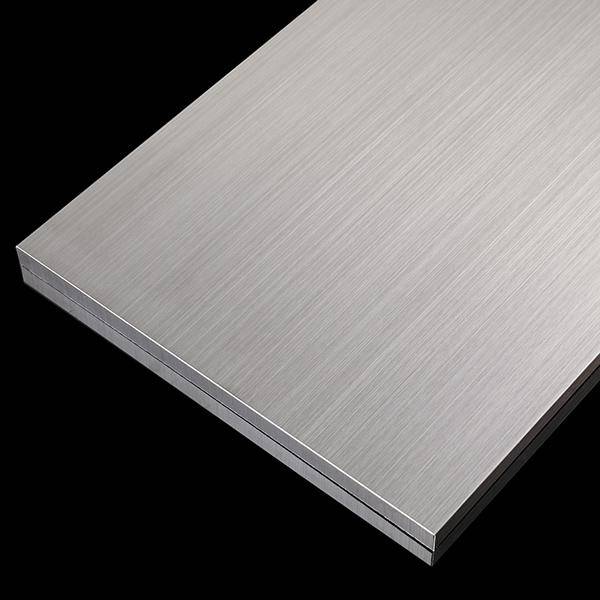When selecting stainless steel for your next project, understanding the distinction between 304 and 316 stainless steel can directly impact your product’s performance, cost-efficiency, and longevity. At XINGUANGYUAN, we help you make informed choices to maximize value and functionality.
Composition: What Sets 304 and 316 Apart?
All stainless steels are iron-chromium alloys, but the precise blend of elements defines each grade’s unique properties.
-
304 Stainless Steel: Contains approximately 18% chromium and 8% nickel. This composition delivers the classic balance of corrosion resistance, strength, and formability that makes 304 the world’s most widely used stainless steel.
-
316 Stainless Steel: Features slightly less chromium (around 16%), but more nickel (10%) and the addition of 2–3% molybdenum. This critical difference gives 316 its superior resistance to chlorides, acids, and harsh environments.
Key Benefits of 316 Stainless Steel
While 304 is the industry standard, 316 stainless steel offers advanced corrosion resistance, especially against chlorides and acidic conditions. This makes it the material of choice for:
-
Medical devices and implants
-
Food processing and preparation equipment
-
Coastal and marine structures
-
Environments with high salt exposure (e.g., roadways, seawater)
-
Breweries and chemical processing plants
-
Areas requiring frequent, rigorous cleaning with strong detergents
316’s enhanced durability means less risk of pitting, staining, or corrosion, even in demanding settings. This not only extends the service life of your products but also reduces maintenance costs and downtime.
Typical Applications: 304 vs 316 Stainless Steel
| Application Area | 304 Stainless Steel | 316 Stainless Steel |
|---|---|---|
| Water piping | ✔ | |
| Storage tanks | ✔ | |
| Indoor electrical enclosures | ✔ | |
| Automotive trim & wheel covers | ✔ | |
| Kitchen appliances & equipment | ✔ | ✔ (for high hygiene/chemical exposure) |
| Decorative trim | ✔ | |
| Chemical & pharmaceutical piping | ✔ | |
| Medical & surgical equipment | ✔ | |
| Marine/Coastal structures | ✔ | |
| Commercial kitchen surfaces | ✔ |
Which Should You Choose: 304 or 316 Stainless Steel?
-
304 Stainless Steel is ideal for most general-purpose applications, offering excellent performance at a lower price.
-
316 Stainless Steel is recommended when your project demands maximum corrosion resistance—especially in chemical, medical, or marine environments.
If your application does not involve exposure to harsh chemicals or salt, 304 is typically sufficient and more cost-effective. However, in challenging environments, upgrading to 316 can extend the lifespan of your products and deliver substantial long-term savings, justifying the higher initial investment.
Optimize Your Stainless Steel Investment with XINGUANGYUAN
Selecting the right stainless steel grade is crucial for balancing cost, durability, and performance. At XINGUANGYUAN, our team is ready to help you match the perfect material to your specific needs—ensuring your investment delivers maximum value.
Contact us today for expert guidance and a wide selection of stainless steel solutions tailored to your industry.



.jpg)
